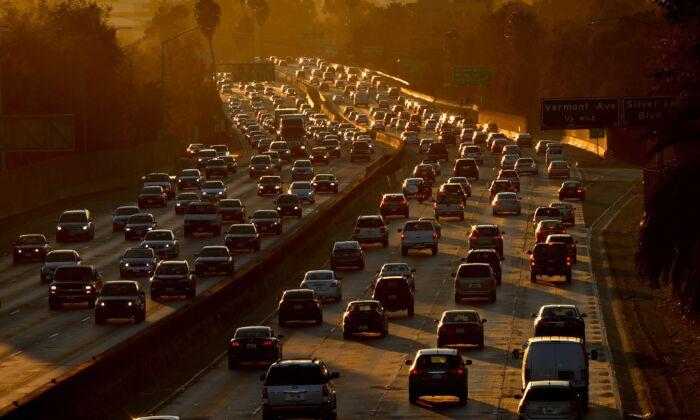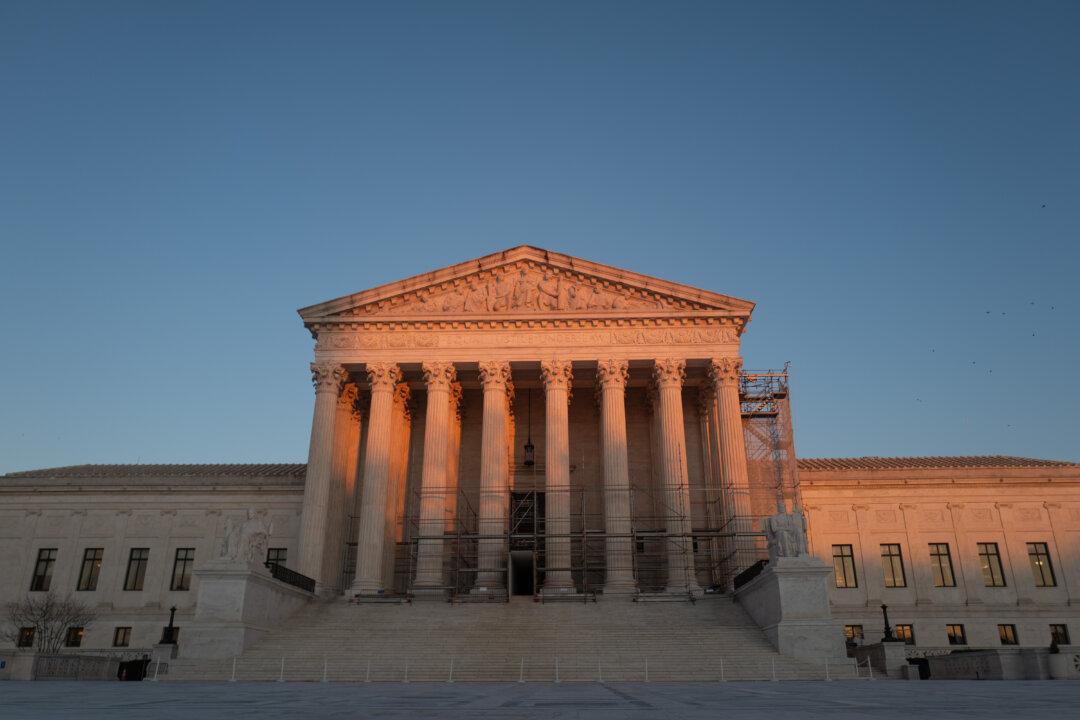Los Angeles has plans to be rid of their infamous smog by 2050.
The mayor of L.A., Eric Garcetti, will be releasing a first of its kind, sustainability framework named “pLAn” on Tuesday, an ambitious plan to become the first large zero-waste city in the United States by 2035. He wants to cut emissions 80 percent below 1990 levels by 2050.
The report states a set of visions for 14 topic areas to transform L.A. over the next two decades that cover environment , community measures social equity.
The project includes attracting $2 billion in private cleantech investment by 2035, a 75 percent increase in the greenhouse gas (GHG) efficiency of the local economy by 2035, and halving the city’s water imports to local sources by 2035. Although no specific project to reduce smog per se has been created, the aim is to tackle the smog by reducing GHG emissions.
Stephanie Pincent Director of the California Center for Sustainable Communities at UCLA, who is working alongside the mayor on pLAn, describes the goal as ambitious but necessary.
During the early 1970s, the city of L.A. was notorious for its smog problem, having over a 100 stage one smog alerts per year. Over the years they have been reduced to zero, according to University of Southern California.
Pincent described the city as “hopeless,” “dyspeptic,” and “fragmented,” when she first arrived to town in 1980. “I thought I had come to Mordor,“ she says. ”Twenty years later this is the most vibrant and entrepreneurial region in the United States.”
The city was recently given a C+ rating on its environmental report, rather than a B+ primarily due to there still being toxic releases. Yet Pincent still describes L.A.’s progress to date as “extraordinary.”
L.A.’s pollution comes from a few factors. One main source is its port industry which is one of the main entry points into the United States. Other factors are the natural gas and coal industries, plus aerospace, auto body repair, metal finishing, and others.
L.A. is one of the biggest manufacturing cities in the country and most businesses are small so they slip under the scope of toxic release rules.
Exhaust fumes have also been a problem in the past. Although the pollution from cars has declined enormously, the city is still trying to address diesel truck traffic, according to Pincent. One solution is to introduce more electrification to their transit system.
Other plans to reduce GHG emissions will be to completely eliminate the city’s dependence of coal fire plants by 2025. The goal is to produce 50 percent of its electricity needs from renewable energies by 2030. This will be a mixture of hydro, wind, geothermal, and solar. According to the report, L.A. already has the most installed solar power of any city in the United States.
Further information from the report states that second largest source of GHG emissions in L.A. comes from electricity use in buildings with outdated structures, so the goal is to replace all of these as part of the Better Building Challenge. The aim for 2035 is to have reduced energy use per square foot for all building types by 30 percent.




